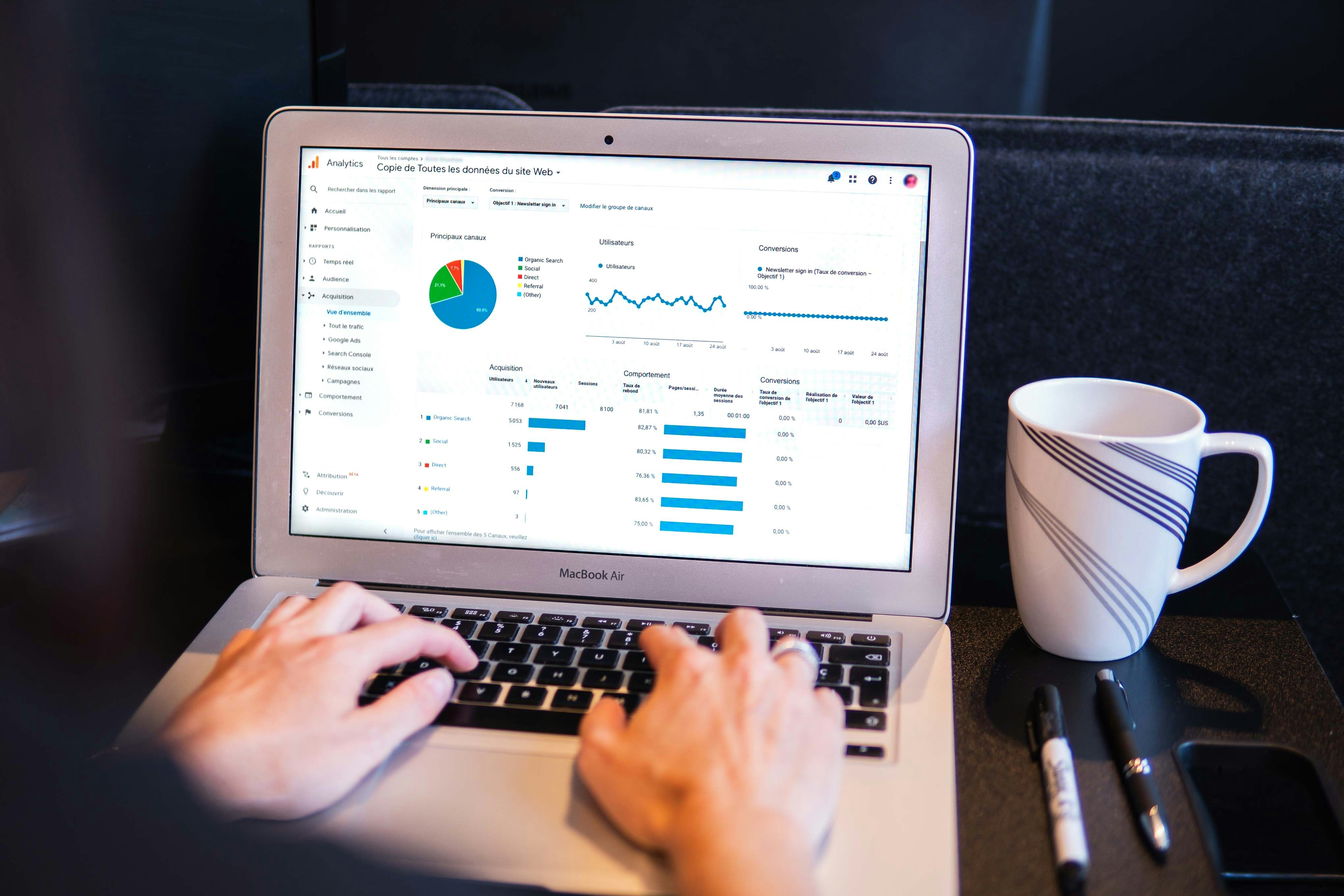
Understand how data mining and data analysis differ in purpose, technique, and application—so you can apply the right method for your business goals.
Data mining and data analysis are often used interchangeably, but they represent distinct steps in the data-to-decision journey. Knowing their differences helps businesses build more effective analytics pipelines.
While data analysis is the broader process of inspecting and interpreting data, data mining focuses on discovering hidden patterns, trends, and relationships using advanced techniques like clustering and classification.
| Aspect | Data Mining | Data Analysis |
|---|---|---|
| Goal | Discover hidden patterns | Draw insights & conclusions |
| Techniques Used | Clustering, classification, neural networks | Statistics, visualization, reporting |
| Focus | Unstructured exploration | Structured interpretation |
| Complexity | Higher—often uses ML algorithms | Moderate—mostly statistical tools |
| Output | Trends, anomalies, predictions | Reports, visual summaries, insights |
Yes. Data analysis can function independently to interpret data and support reporting. Data mining adds value when deeper discovery or predictions are needed.
No. SMEs use data mining for market segmentation, customer behavior patterns, and fraud detection—especially with modern cloud tools.
Data mining typically demands more advanced knowledge in machine learning, algorithms, and programming, while data analysis may rely more on statistical and visualization tools.
Absolutely. The outputs from data mining often become input for data analysis—ensuring discoveries are communicated and actioned effectively.
Understanding the distinction between data mining and data analysis helps you design better data workflows. Each plays a complementary role in turning raw data into strategic action.
Use data mining to surface the unexpected, and rely on data analysis to evaluate, present, and drive decisions. Together, they form the heart of modern data intelligence.
Whether you need video editing, web development, or more, we're here to help you achieve your goals. Reach out to us today!
Discover Custom Solutions
At OrganicOpz, We Specialize In Crafting Tailored Strategies To Elevate Your Online Presence. Let's Collaborate To Achieve Your Digital Goals!
Share Your Idea Or Requirement — We’ll Respond With A Custom Plan.
Give Us A Call On Our Phone Number For Immediate Assistance Or To Discuss Your Requirements.
Feel Free To Reach Out To Us Via Email For Any Inquiries Or Assistance You May Need.
Our Standard Operating Hours Are From 4:00 To 16:00 Coordinated Universal Time (UTC).